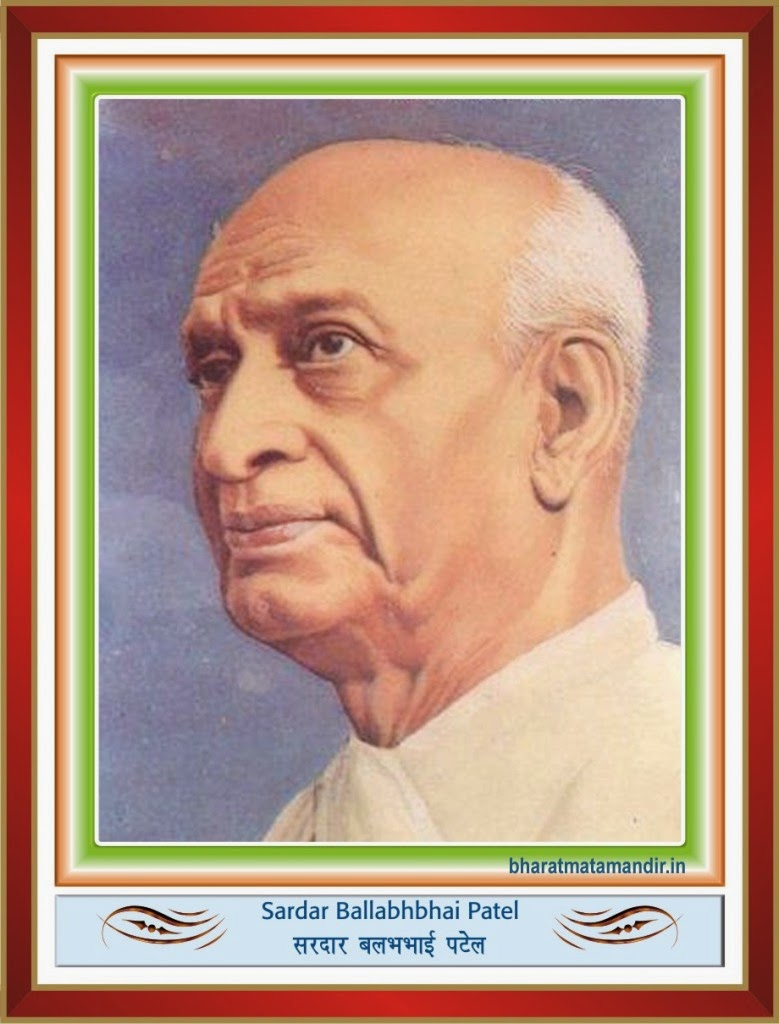Dr. M.S. Swaminathan : Biography

Part-9. Became Rice Research Institute Director : 2. Swaminathan's research during this period would change the world. The core of his investigation focused on a collection of wheat plants at the IARI; he experimented with cross-breeding native Indian varieties with Japanese strains and with a dwarf wheat plant developed in Mexico by U.S. agricultural researcher Norman Borlaug. He also helped assemble a stock of 7,000 rice strains from northeast India that became something of a genetic gold mine and eventually grew to include 75,000 different varieties. Swaminathan saw no need for modesty about his accomplishments during this period. "Our history," he told Time International, "changed from that time." Indeed, agricultural statistics bear out Swaminathan's contention. When he began his agricultural work, Indian farmers, and those across much of Asia, practiced their craft much as they had centuries before, and the returns the soil yi



.jpg)
.jpg)
.jpg)
.jpg)
.jpg)


